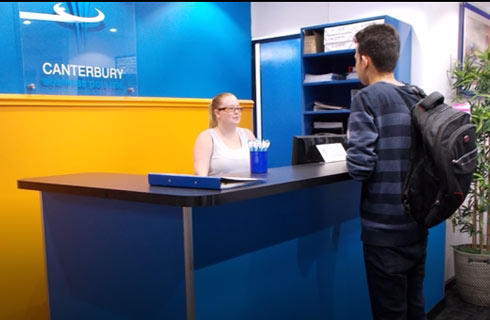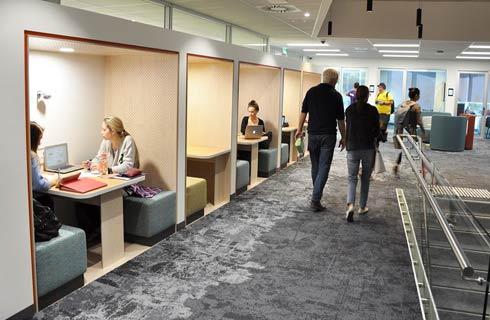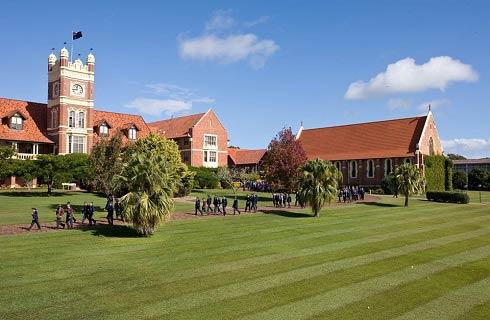国际学生入学条件
Applicants who have conducted their post-secondary education outside of the United States must have completed an undergraduate degree program equivalent to a University of California bachelor's degree by the beginning of their graduate program at UCSB. Equivalent undergraduate degrees usually include a minimum four years of university work and above-average scholarship. The degree must be awarded by an accredited institution. To be considered for admission, you must have received a bachelor's degree or its equivalent from an accredited university prior to the quarter for which you seek admission, and have at least a B average (3.0 GPA) in your undergraduate coursework. Satisfaction of minimal standards does not, however, guarantee admission, since the number of qualified applicants far exceeds the number of spaces available. An excellent command of written and spoken English is required prior to enrollment at UCSB. Applicants whose native language is not English are required to take the Test of English as a Foreign Language (TOEFL), the International English Language Testing System (IELTS), or the Duolingo English Test (DET). TOEFL paper-based test (PBT) – 550, TOEFL internet-based test (iBT) and TOEFL iBT Home Edition – 80, IELTS Academic and IELTS Indicator - Overall Band Score of 7.
展开
IDP—雅思考试联合主办方

雅思考试总分
7.0
- 雅思总分:7
- 托福网考总分:80
- 托福笔试总分:550
- 其他语言考试:Duolingo English Test (DET) - 120
CRICOS代码:
申请截止日期: 请与IDP联系 以获取详细信息。
课程简介
Functional & Quantum Materials in the context of the Materials Department at UCSB, comprises functional oxides, chalcogenides, pnictides, intermetallics, and even hybrid organic-inorganic materials, prepared as a variety of platforms, ranging from bulk amorphous and polycrystalline materials to single crystals and epitaxial thin films. The emphasis of the research is two-fold: The first is that the materials or materials architectures are either new compositions of matter or new crystal structures and architectures (for example, heterostructures) or both, ensuring that the materials are at the forefront of academic research. The second emphasis is on function, meaning that the physical properties of the materials are an important emphasis. A key overarching goal in this area is to establish relations between material function, structure at the length-scale of the unit cell and smaller, and composition, while appreciating the utility of such relations in the development of new materials. Faculty members in this emphasis area employ state-of-the-art preparative tools, in conjunction with advanced characterization techniques and property measurement. Theoretical and computational techniques are use to both understand and predict known and new materials. World-leading on-site capabilities are employed in addition to large-scale user facilities, such synchrotron and neutron sources and the high-magnet field labs at Los Alamos and Tallahassee.
展开







 预科
预科 奖学金
奖学金 实习机会
实习机会 在校学习
在校学习 跨境学习
跨境学习 校园授课-线上开始
校园授课-线上开始 在线/远程学习
在线/远程学习













 麦克马斯特大学
麦克马斯特大学

 安大略理工大学
安大略理工大学

 克莱姆森大学
克莱姆森大学

 南加州大学
南加州大学

 南加州大学
南加州大学

 北德克萨斯大学
北德克萨斯大学










